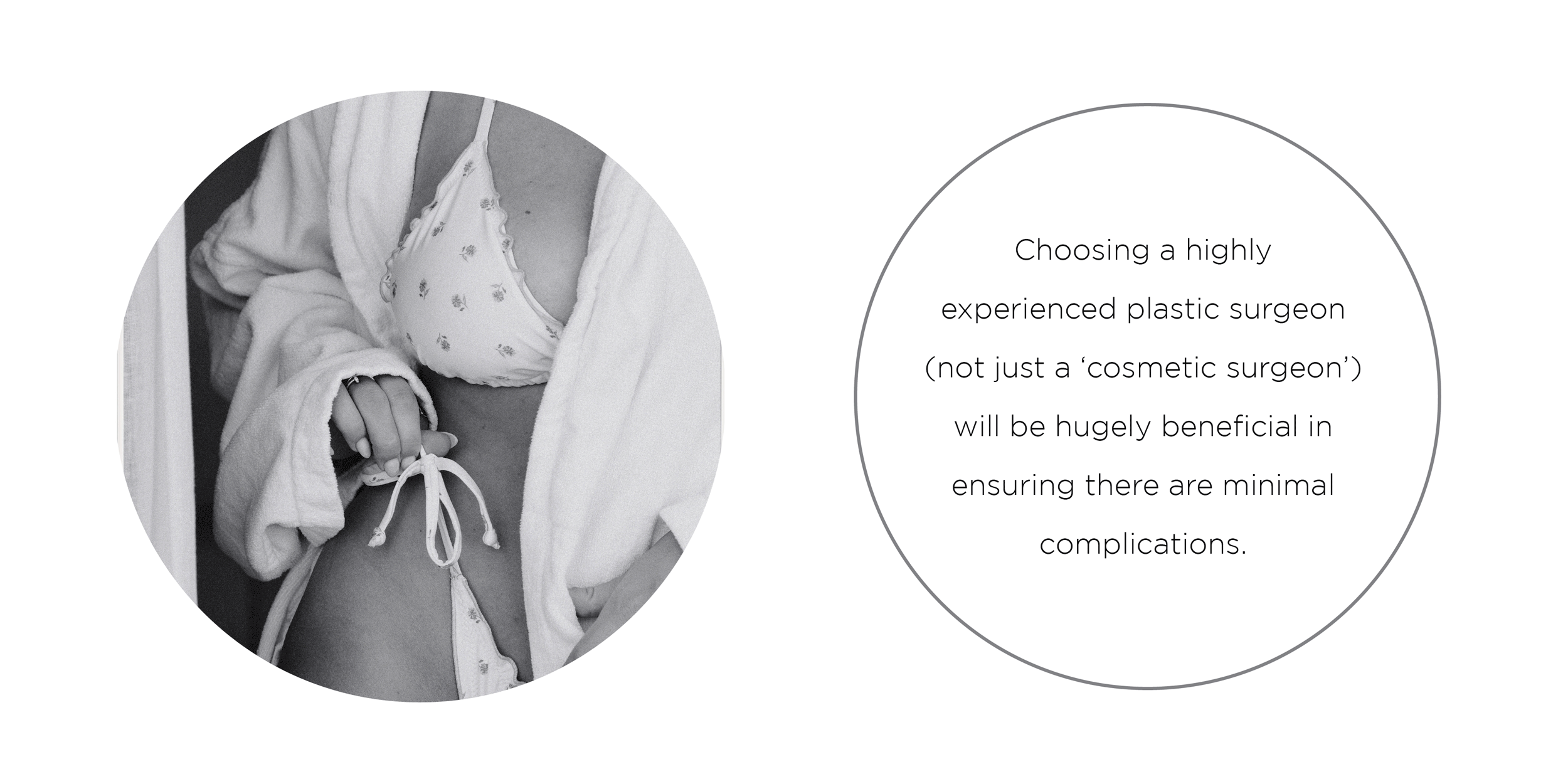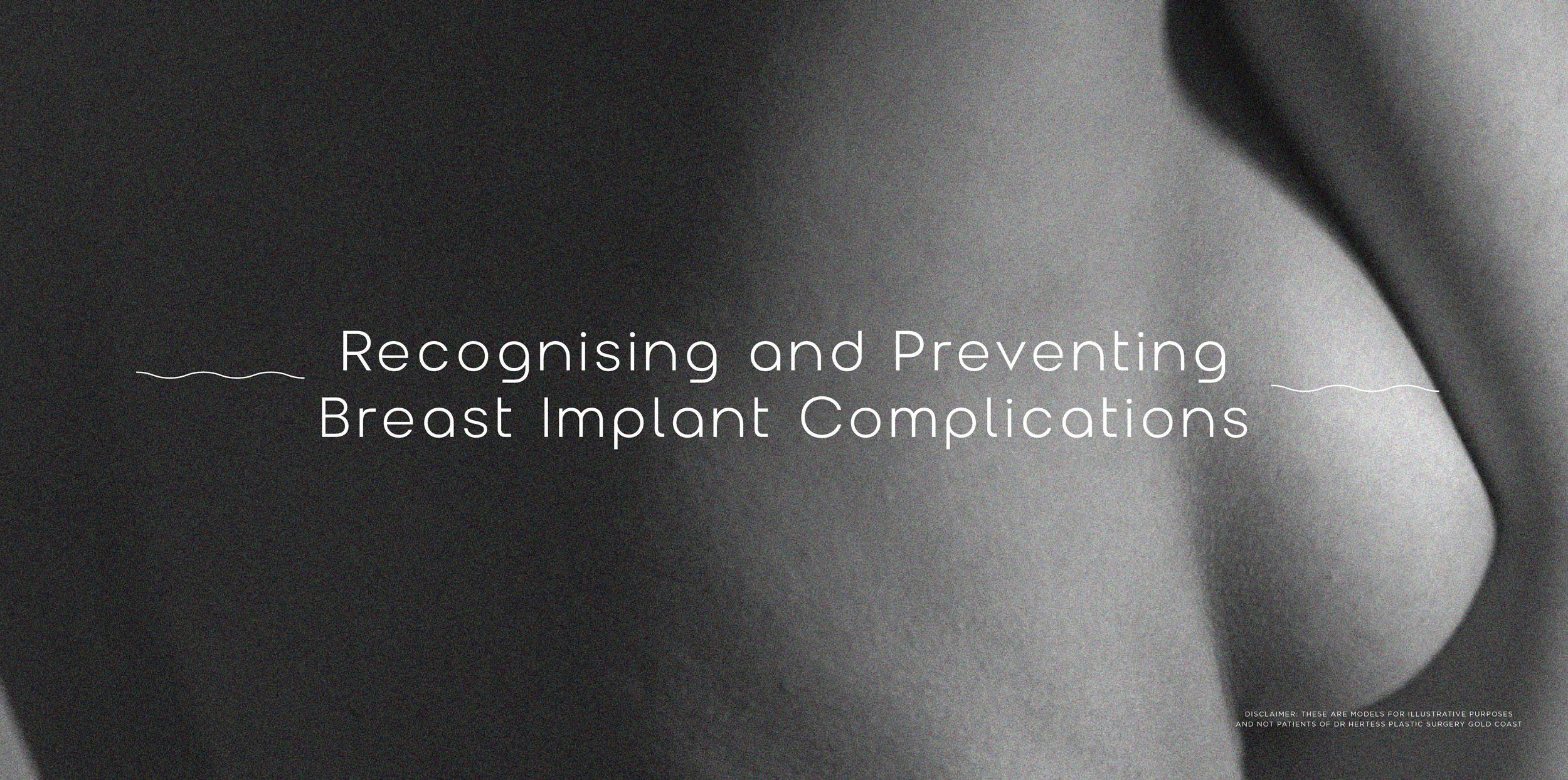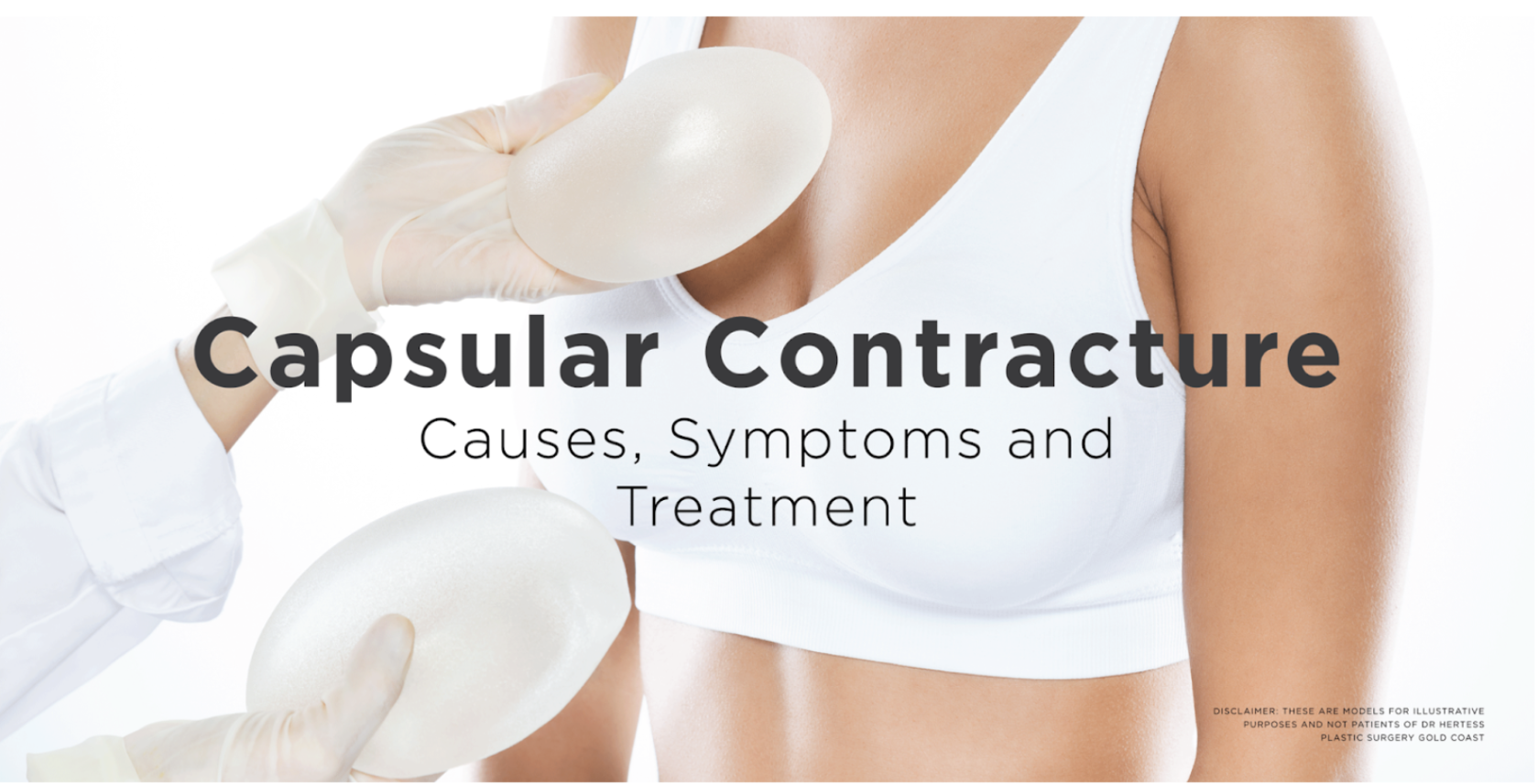The Risks of Breast Surgery
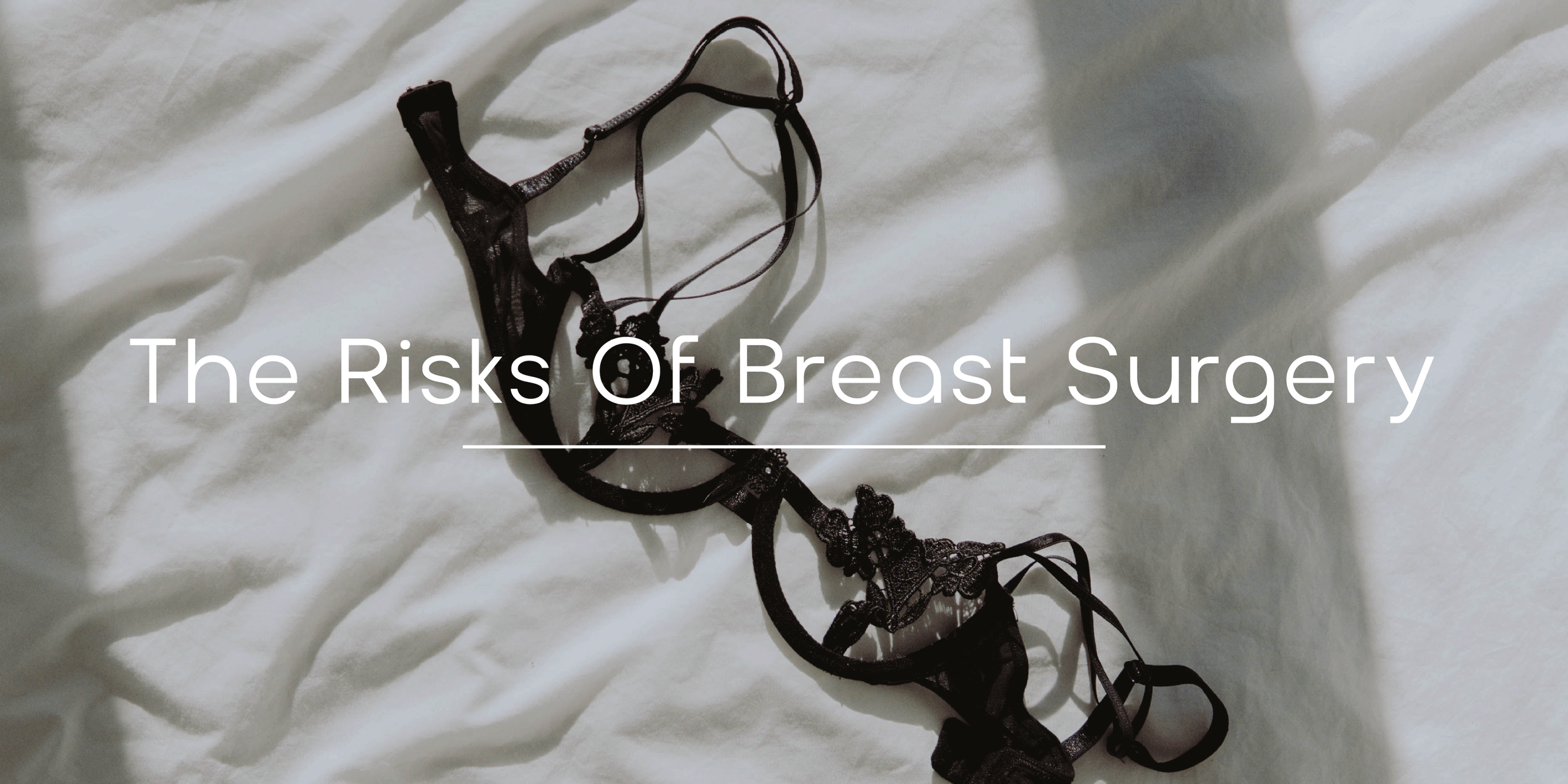
Let’s talk about the risks of breast surgery. We can’t deny that surgery can come with complications and risks that you need to be aware of before embarking on this journey.
Of course, choosing a highly experienced plastic surgeon (not just a ‘cosmetic surgeon’) will be hugely beneficial in ensuring there are minimal complications. Transparency and honesty from a surgeon is also imperative to realistic outcomes and a more positive experience.
We’ve touched on it before, but Cosmetic Surgeons are not the same as plastic and reconstructive surgeons. Dr Hertess is a well-established and highly trained plastic and reconstructive surgeon with over 25 years experience. She is a member of 7 peak bodies and associations that ensure their surgeons uphold the highest standard in clinic and on the operating table.
Along with the essential skills and knowledge, Dr Hertess practices compassion, understanding and kindness to all of her patients. She understands the challenges that come with being a woman and mother, and how our body can sometimes effect how we feel about ourselves.
So let’s dive into some of the main risks that you should be aware of before choosing to undergo breast surgery. We haven’t outlined all, so be sure to go through all complications during your consultation with Dr Hertess.
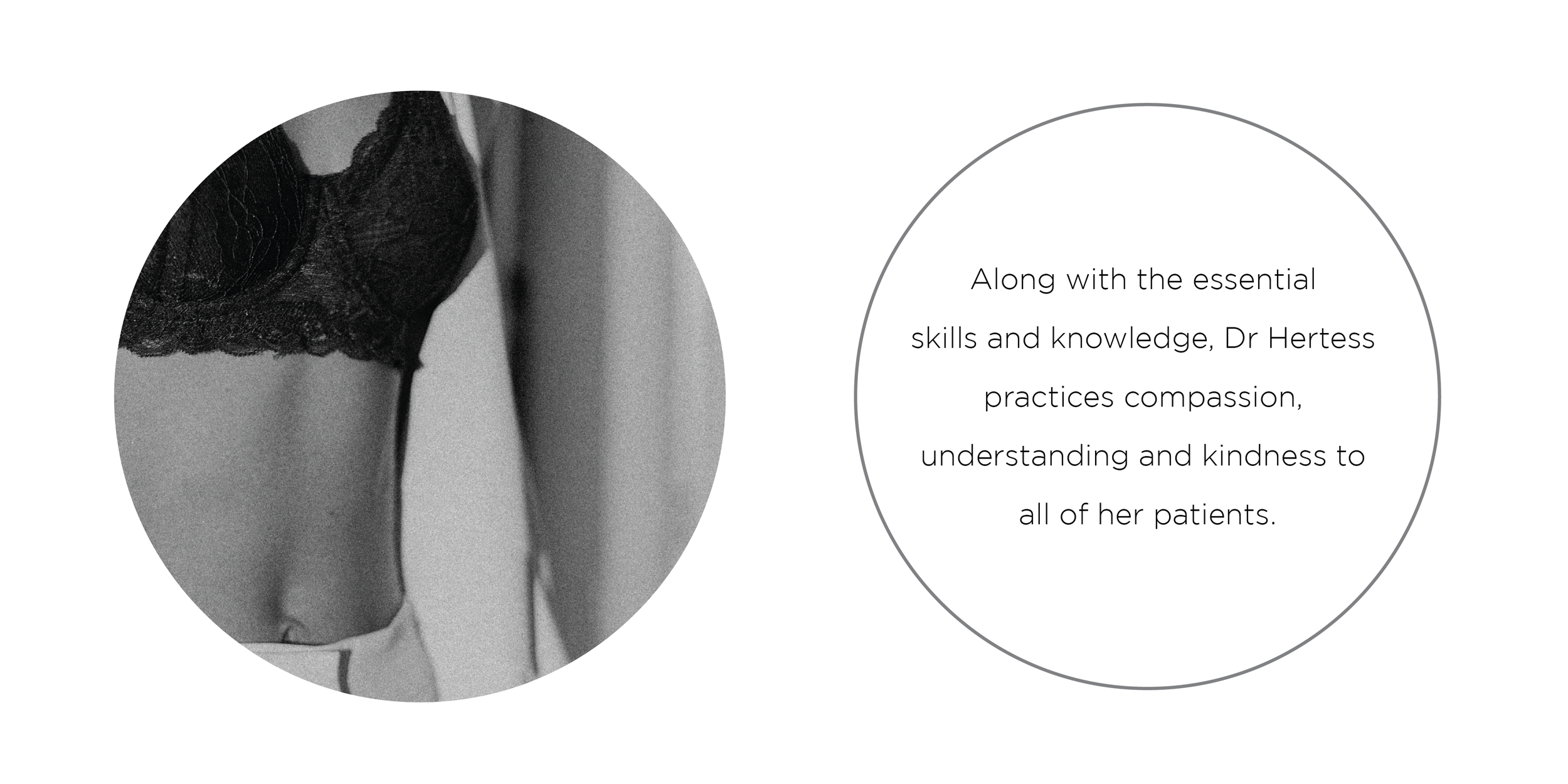
Bleeding
Bleeding (haematoma) can occur directly after surgery and up to two weeks post surgery in some cases. This bleeding usually happens in the space around the implant, although the risk of this is very low, it’s important to be aware that you may need to go back into surgery to have the blood removed.
Infection
Infection is even more rare then bleeding but it is always a possibility. You should notice infection within the first 2-3 weeks following your surgery. This means that things are not settling and healing as expected. Signs of infection can be tenderness, swelling, redness, wound discharge, and a raise in your temperature. If infection has occurred, you need to contact your doctor as soon as possible. Some of the time, if infection has set in, you may need to have the implant removed and wait at least 3 months to have it put back in.
Asymmetry
Perfection in breast surgery is not a realistic goal, you will need to be prepared that sometimes despite a surgeons best efforts, asymmetry or small imperfections are a possibility. Asymmetry of the nipple is a potential risk and it may be more pronounced after surgery. Although the size of an implant can help with size symmetry, it won’t change asymmetry of the nipple. It should be noted that your breasts and nipples may also have a change in sensation after surgery.
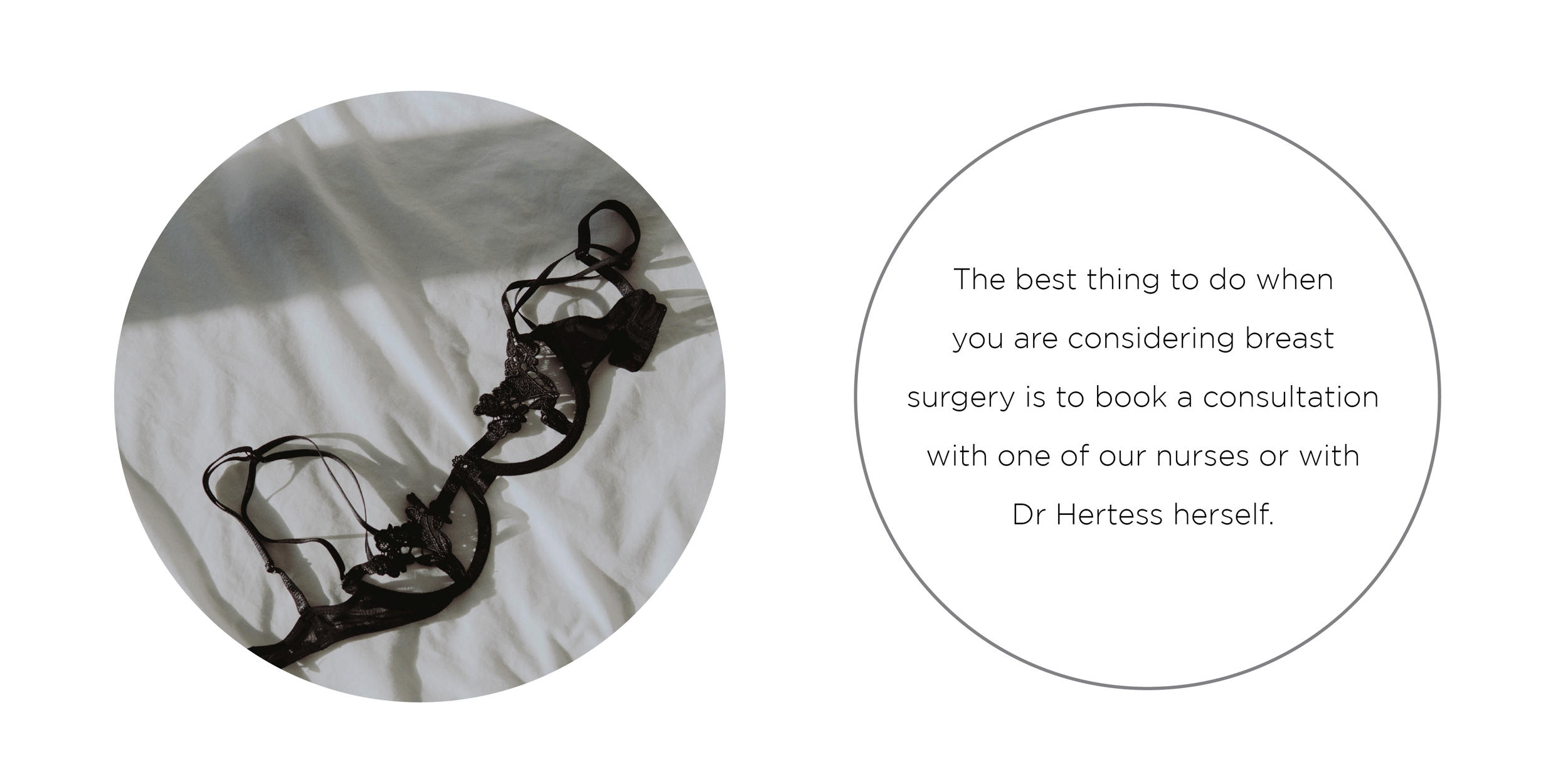
Stretch Marks and Veins
Following breast augmentation surgery, especially where large implants have been chosen, there can be the appearance of stretch marks and veins. Although not a risk to your health, they can affect the aesthetic outcome of your surgery.
Capsular Contracture
Capsular contracture is unavoidable in breast implant surgery, it’s the bodies natural way of healing and protecting itself from the foreign object (the implant). A capsular contracture is when a scar, called a capsule, is formed around the implant and actually holds the implant in place. Most patients won’t notice this and the breast will still feel and look natural. Some patients however do find that this capsule contracts around the implant and becomes very firm, changing the feel of the breast. Some patients aren’t bothered by this, however it’s when the capsule becomes too firm, is tender and changes the shape of the breast that your doctor will need to be consulted.
Palpability & Rippling
It is normal to be able to feel the implant under the skin, especially for patients that are slim and had little breast tissue to begin with, this will not improve with time and it’s best to accept this as part of the process. This can be helped a little with the addition of a fat transfer to the area. Some patients will also see a rippling effect or folds in the implants, the folds can be more visible when leaning forward. Palpability and rippling is an expected part of undergoing breast implant surgery and it’s best to accept this prior to undergoing the procedure, along with acknowledging that perfection is not possible.
Implant Rupture & Leakage (Silicone)
An implant rupture or leakage occurs with Silicone implants. This occurs when the implants sustains a tear or a small hole develops over time. The silicone then leaks to the surrounding breast tissue. The cause is due to a number of factors, but the main ones are the age of the implant, any intense physical trauma to the area, accidental perforation from a breast biopsy or compression from a mammogram. It’s important to contact your doctor as soon as you notice the signs that point towards a rupture or leakage. These signs include; loss in breast size, ongoing aches and pains in the area, misshapen or lumpy breasts.
The best thing to do when you are considering breast surgery is to book a consultation with one of our nurses or with Dr Hertess herself. This is an opportunity to thoroughly explore all possibilities, outcomes and risks of your surgery. Our trusted team will guide you with making the decision that is right for you. To book a consultation, click here.
